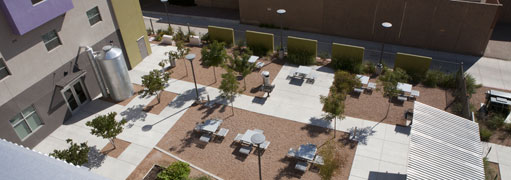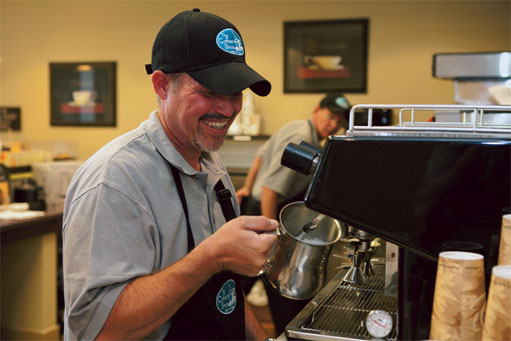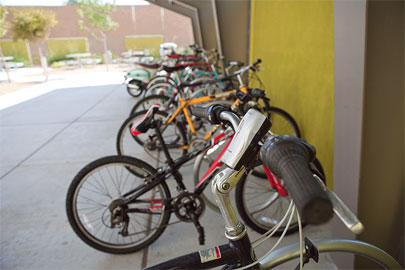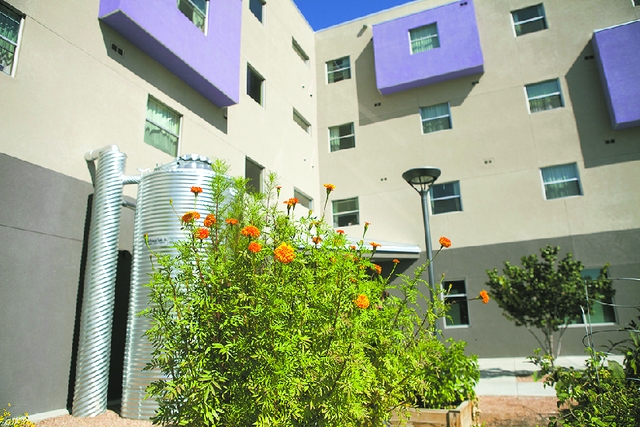Home And Garden: City Cash Creates Eco-Friendly Living For The Working Class
City Cash Creates Eco-Friendly Living For The Working Class


One of 12 housing developments around the city that houses people on a fixed income.
Eric Williams ericwphoto.com

Dennis Gray was the second tenant to move into the complex.
Eric Williams ericwphoto.com

Neal McDonnell, a St. Martin’s client, works in The Coffee Shop.
Eric Williams ericwphoto.com

Dory Wegrzyn explains the building’s water conservation system. Half of the units provide toilet water for the whole building.
Eric Williams ericwphoto.com

Solar tubes on the roof heat water for the building.
Eric Williams ericwphoto.com

The Coffee Shop in the lobby is run by St. Martin’s and employs formerly homeless people.
Eric Williams ericwphoto.com

Vecinos del Bosque donated bikes to residents.
Eric Williams ericwphoto.com

The patio garden is watered by an outdoor rain cistern system.
Eric Williams ericwphoto.com




